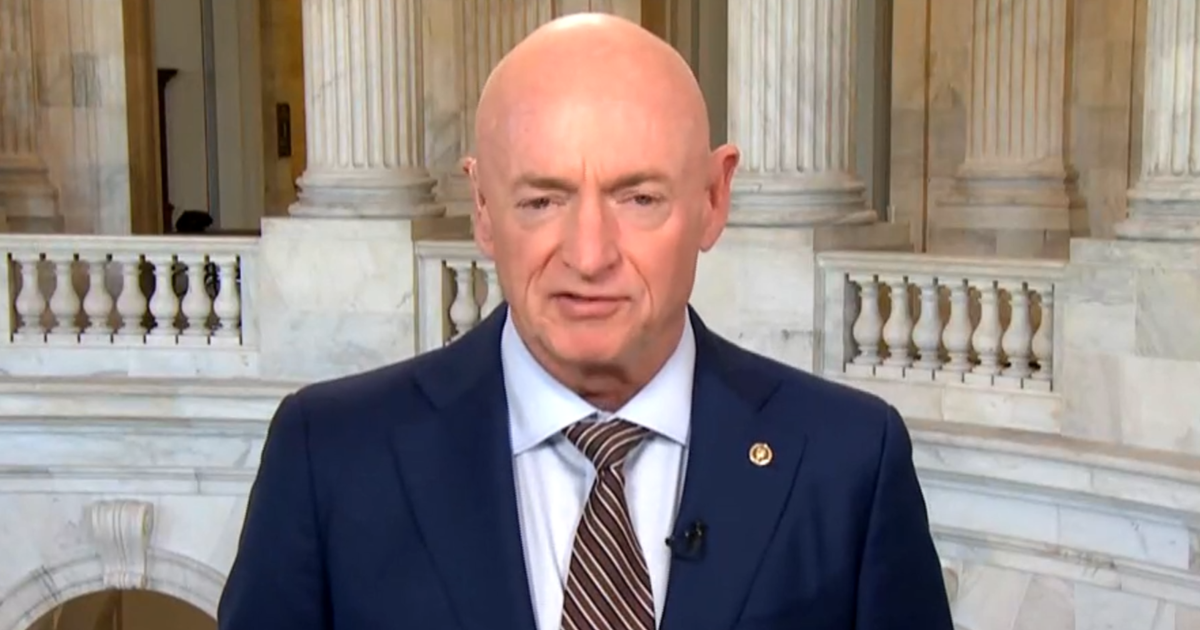JD Vance slams Tim Walz again over 2020 riots in Minneapolis. Here's a fact check on what the governor did at the time.
MINNEAPOLIS — Gov. Tim Walz is facing criticism from the Republican presidential ticket that he's to blame for Minneapolis burning in 2020 . Sen. JD Vance, Donald Trump's running mate, claims Walz "actively encouraged" rioters.
It's a change from June of that year, when then-President Trump said to Walz on a call , "I was very happy with the last couple of days, Tim."
After George Floyd was murdered by a Minneapolis police officer on Monday, May 25, a video showing what happened was posted early the next morning and seen around the world.
Later that Tuesday morning, the governor tweeted, "We will get answers and seek justice."
Protests turned tense that night , and the next day, Wednesday, Walz said, "I was saddened to see some of the protesters were in harm's way last night and I just want to encourage everyone to be safe, especially in light of the COVID-19 pandemic."
About four hours after that press conference, Minneapolis Mayor Jacob Frey called Walz asking for the National Guard, according to an October 2020 state senate report.
There was reportedly confusion about whether that call constituted a formal request. At the time, Frey said state officials had given the impression the call was sufficient. In an independent, state-commissioned after-action report, state officials told investigators the Guard can't be activated without a formal request from the city or agency in distress.
CBS has reached out to the Guard and Minnesota Department of Public Safety for clarification on what constitutes a formal request.
A couple of hours later, in a tweet, Walz asked people to protest "peacefully and safely."
At 9:11 that night, another request came from then-Police Chief Medaria Arradondo. In an email, he asked the state for 600 National Guard soldiers. The email also included broad descriptions of the areas where support was needed, who with MPD the Guard would report to and a request for additional vehicles. But an independent review commissioned by the city found that "the request did not follow established policies or protocols."
The state-commissioned report found there was "poor communication" between the city and the state, saying that "conflicting accounts" from each side indicated the other was at least partially at fault for any activation delay.
The looting and fires continued that night and into the next day. At 10:55 a.m. Thursday, Frey's office sent Walz a written request for the Guard. By 4 p.m., the governor had them activated .
That night, about 45 minutes after Minneapolis police abandoned the 3rd Precinct, the Guard tweeted that more than 500 soldiers had been activated to the Twin Cities.
Still, that night was not peaceful.
This can perhaps be explained, at least in part, by something the state-commissioned report says: the Guard and Minnesota State Patrol were asked to "provide services outside of their...training" and "they did not have experience responding to a large-scale civil disturbance."
At 9 a.m. Saturday, Walz announced he was fully mobilizing the entire Guard, which was an unprecedented move. At a press conference that day, he said, "Last night is a mockery of pretending that this is about George Floyd's death."
In a new statement on Monday, Mayor Frey told WCCO, "I requested the National Guard immediately and Governor Walz, not Donald Trump, authorized one of the guard's largest deployments in Minnesota history. During one of the city and state's most difficult moments, we collectively tried our best to navigate unprecedented times and to do so quickly."
Former Chief Arradondo told CBS it was bureaucracy and logistics that slowed the Guard's deployment, not hesitation by Walz.
A then-senior official with the Minnesota National Guard spoke positively of Walz to CBS and said the governor couldn't have deployed the Guard any earlier than he did.




